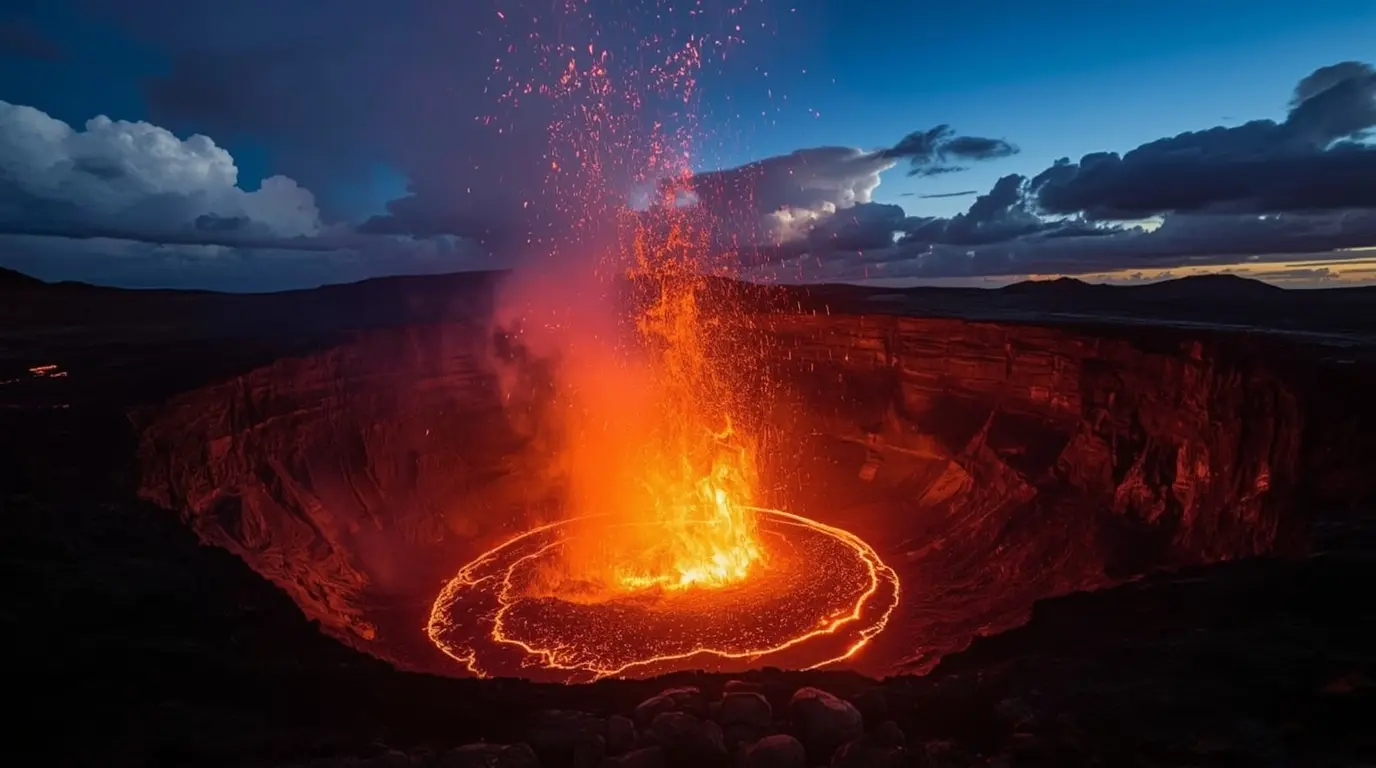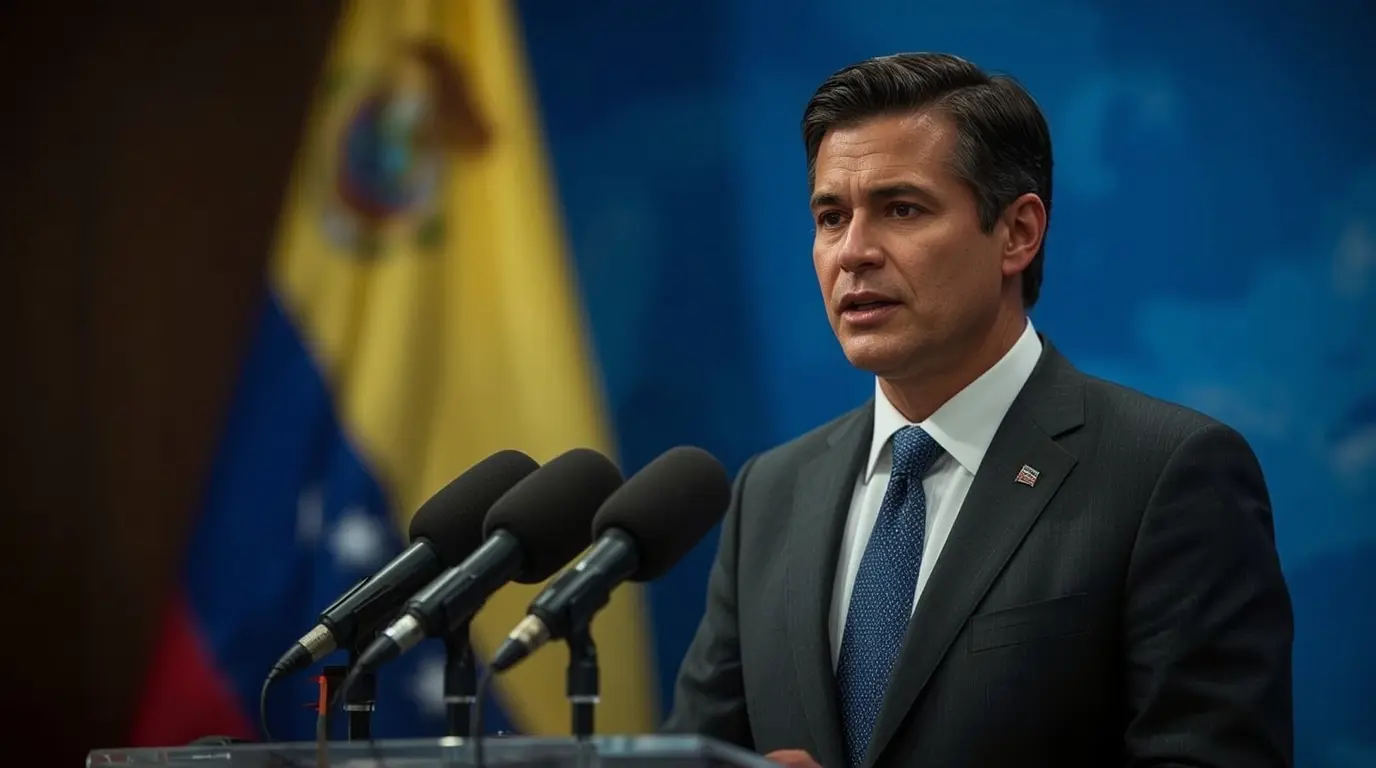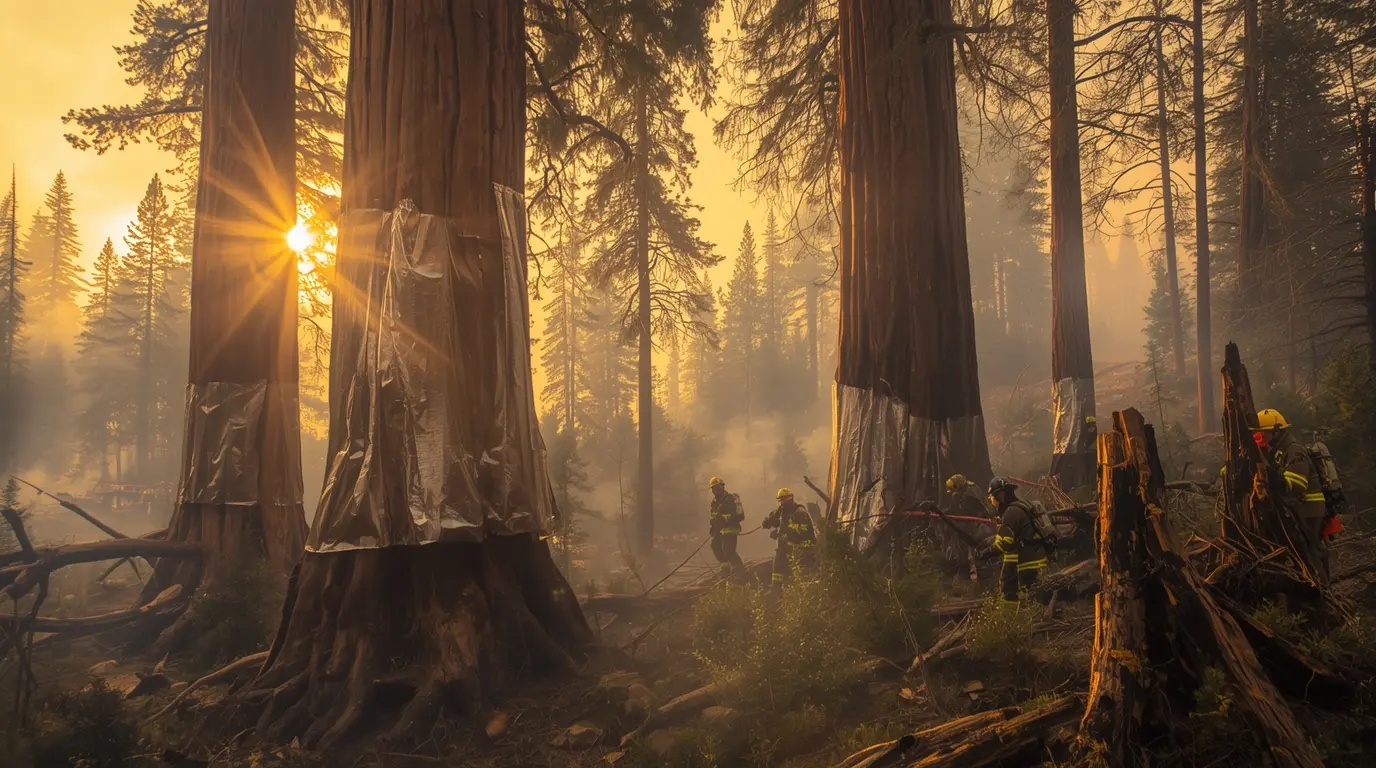Introduction
On September 2, 2025, Kīlauea volcano once again put on a sizzling show, shooting lava fountains more than 330 feet (100 meters) skyward from its summit crater. For those counting, this is the 32nd colorful episode since molten rock first began gushing in December 2024. The eruption, neatly boxed in Halemaʻumaʻu crater inside Hawaii Volcanoes National Park, is like a live geological documentary, letting everyone from curious locals to dedicated scientists watch how these islands were first formed. Tourists, park rangers, and the locals show up in droves, and while car lines can stretch for miles, the real payoff is the unforgettable view of glowing lava inches from the rim.
The Latest Eruption: What Happened?
This latest episode kicked off in the very early dawn on September 2. The U.S. Geological Survey (USGS) reported that lava first bubbled up from Halemaʻumaʻu’s north vent just after midnight. The real fireworks began at 6:35 a.m. HST, when tall, bright fountains shot up like dragon’s breath. Before 10 a.m., the eruption decided to put on an even bigger show by opening the crater’s south vent and a new vent tucked in the center, turning the region into a sizzling multipoint display. The fountains, elegantly angled northeast at 45 degrees, were more than just art: the lava streams began to fill about 40% of the crater’s floor, carving a glowing new landscape on its western side.
Kīlauea is still in eruption mode, which scientists say is all one long show, just in acts. Since late last year, magmatic road-trips to the surface have kept repeating, and the current batch looks to be just part of the same script. Under Halemaʻumaʻu, another magma-filled bouncy “balloon” is forming, refilling with around 5 cubic yards of lava sent up from the Earth’s insides every second. Imagine the magma chamber as a giant balloon getting bigger, pushing magma up to a second chamber above. Then, like opening a shaken soda, that magma is sent oozing out tight little lava-covered vents. The results? Lots of showy lava fireworks and new fountains that leap high into the air.
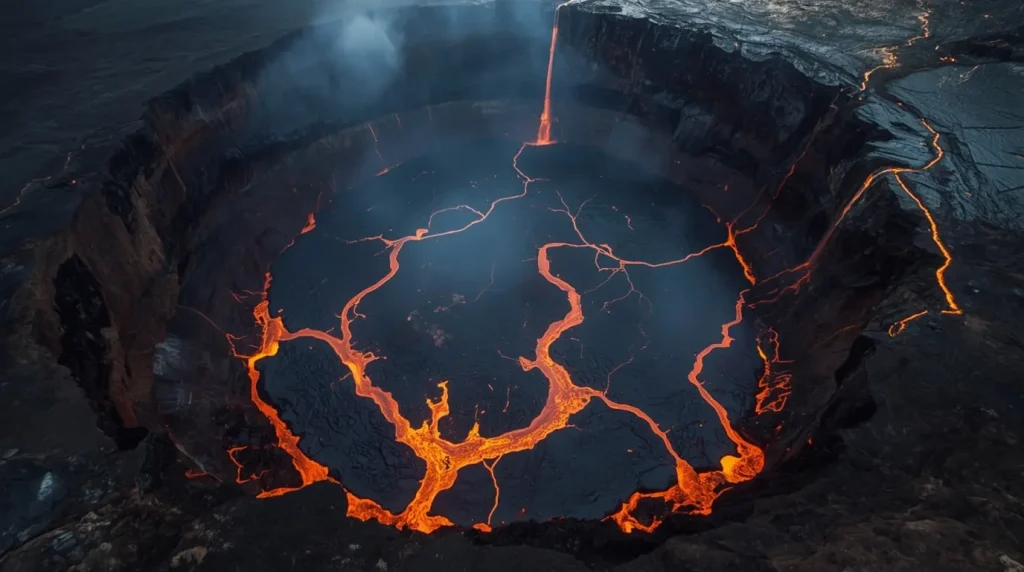
Highlights from the Eruption on September 2:
Fountain Heights: Lava towers whipped up to 330 feet (100 meters) high.
Party Vents: North, south, and a show-stopping center opened all at once.
Floor Coverage: Lava spills blanketed 40% of the crater floor’s west side.
Expected Show Time: Most display to end late afternoon into evening (HST) on September 2.
Cultural and Spiritual Significance
To Native Hawaiians, eruptions at Kīlauea go beyond lava flows—they are living memories that link people to Pele, the fire goddess whose heartbeat parallels the island’s rumbles. Huihui Kanahele-Mossman, head of the Edith Kanakaʻole Foundation, reminds us that flowing lava is a gift that cools into new land, the very basis on which communities and ecosystems stand. She routinely climbs to the crater rim with her pahu (drum), offers chants, sips awa (that soothing kava beverage), and adorns the rim with lei of fern, bringing ancient mele and pulilino (prayers) to the present instant, page to living page.
Whenever bright, ruby lava fountains blossom into the sky, hula dancers hurry, forming lines to honor Pele and her equally vibrant sister, Hiʻiaka. With every hip sway and ʻike (every glance), the dancers enfold the ancient chants into the volcanic air, reminding onlookers that these stories are not forgotten. For the people in these circles, watching flows that match the poets’ detailed chants is a powerful nudge to keep the culture cycling forward, laudably lifting ancestral responsibility above simple curiosity. Visitors, too, are invited to soak in the glow with like respect, translating breathtaking images into heartfelt, mindful witness.
Visiting the Volcano: Tips for an Unforgettable Experience
More people are flocking to Hawaii Volcanoes National Park since the lava show began, with April 2025 registering a 49% jump over 2024’s same month. Seeing the red river requires planning, effort, and a touch of patience. Here’s how to see the magic without the stress.
Best Viewing Spots and Nuts-and-Bolts Timing
Best Lookouts: Uēkahuna, Kīlauea Overlook, and the breathtaking Wahinekapu (Steaming Bluff) let you soak in the magma glow. For fewer people, head to Kūpinaʻi Pali (Waldron Ledge) or Keanakākoʻi.
Beat the Hordes: Everybody loves a sunset, but the crowds are heavy. Sneak in before the sun peeks or after 10 p.m. to beat the rush. Predawn spots feel dreamy, the soft glow is killer for photos, and the air is calm.
Watch from Home: Not here yet? The USGS streams three live feeds (west, east, and south Halemaʻumaʻu) for a lava pic without the hike.
Street Smarts
Brace for Backup: Road work at the park gate and the Kīlauea volcano show itself are a nasty traffic cocktail. Line up for as much as four extra miles to the entrance. Do not park on highway edges; that’s how accidents start. Early is truly the key word; you’ll save sanity and see more lava.
Kilauea Visit Info: The Kīlauea Visitor Center is closed for remodeling and won’t reopen until summer 2026. In the meantime, you can find temporary help at the Kilauea Military Camp Welcome Center, located 1.2 miles west. They have portable toilets, and you’ll also find them at the Uēkahuna and Kīlauea Iki Overlook. Please bring your own drinking water since filling stations are limited.
Park Safety: Stick to the marked trails and overlooks. There are hidden cracks, loose edges on the cliffs, and with gases in the air the ground can be dangerous. The volcanic gases can be harmful, especially for people who have trouble breathing, small kids, and during pregnancy. A flashlight is a must if you are visiting when the sun is down.
Guided Tours vs. Going Solo You can sign up for an authorized lava viewing tour. They are helpful, but you can still see the eruption without one since the park has its own safe viewing points. A tour can also help you with background info plus avoid planning hassles. Whether you join a tour or go on your own, wear sturdy shoes, bring a jacket and rain gear, and carry enough water.
The Science Behind the Eruption
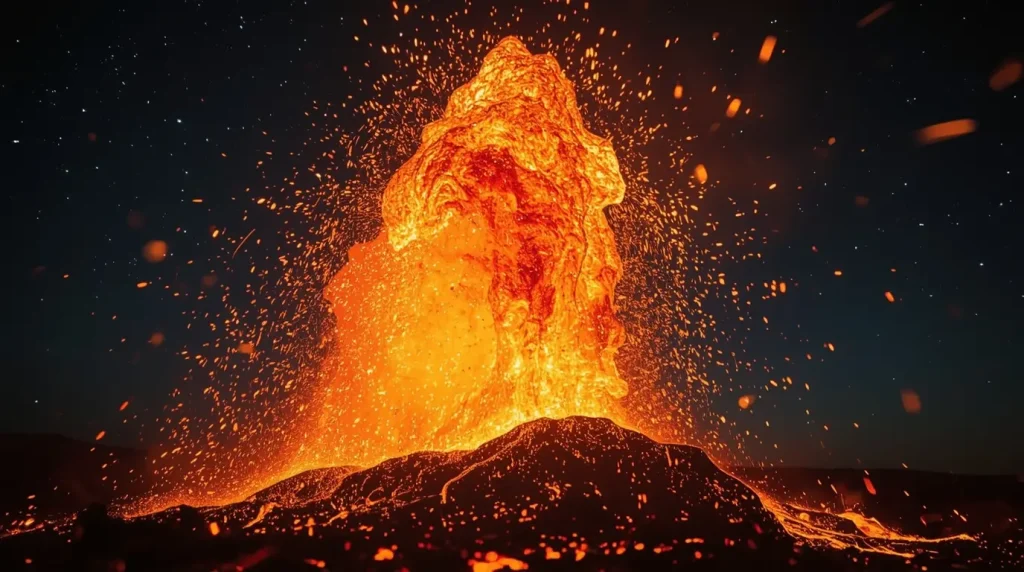
Kīlauea is on a remarkable schedule. Its current lava-fountaining episodes are really the latest repeat in a cycle that’s popped up four times in the volcano’s 200-year history. The other rounds lit up the sky in 1959, 1969, and 1983. Back in ’83, the Kīlauea volcano sent out 44 fountains in three years, but the flares took place far away in the backcountry, so most visitors never saw them. Today, the difference is huge. The fountains are happening right in Hawaiʻi Volcanoes National Park, which means that anyone with the right permits can pull up a viewing rover and catch the display.
Scientists have a front-row seat, too. Ken Hon, a researcher with the Hawaiian Volcano Observatory, counts on a network of sensors that track tiny quakes and measure how the ground bulges and sinks. Those gizmos can signal a new eruption a few days to a week ahead of time. The trick is that the future is still a little fuzzy. The Kīlauea volcano might soon switch to a low and steady lava leak from a vent 1,000 feet lower, like the shift that took place in the 1980s, or it could shut off completely if the reservoir of molten rock decides to take a vacation.
But the flames, at least, have subtly changed. The top of the fountains is dropping, with most jets dropping under 140 feet. Steve Lundblad, volcano junkie and geology professor at the University of Hawaii at Hilo, thinks the vent is quietly relaxing, spreading to let gas escape with a little less squeeze. “I still call it a spectacle,” he says with a grin. “It’s just that the stage is going to be wider, and the fireworks are going to be shotgun-low.”
What to Do When There’s No Lava?
Don’t think no lava means no fun at Hawaii Volcanoes National Park. Kīlauea might be taking a breather, but the park always has a hot lineup. Hit the Kīlauea Iki Trail—just watch for the switchbacks; they’re getting a facelift until September 2025. Another great choice? Drive to the Kahuku Unit for a guided hike, or roll up your sleeves and join a rainforest restoration volunteer day.
Before you book your ticket, keep in mind the park’s cultural celebrations have pressed the pause button until July 2026, but they’re sure to be worth the wait. When they pick back up, you can dive deep into the rich traditions of the Native Hawaiian people and learn the stories behind the land you’re exploring.
Conclusion
Though the lava isn’t always visible, Kīlauea certainly stays busy, always reminding us how alive our Earth is. Watching the eruption—whether in person or on a livestream—still gives you a behind-the-scenes lets you witness the planet’s biggest fireworks show. So before you go Kīlauea chasing the red glow, size up the safety guidelines, treasure your surroundings, and carry the spirit of aloha in your heart. A well-planned trip will turn that flowing lava into a memory you’ll keep for a lifetime.
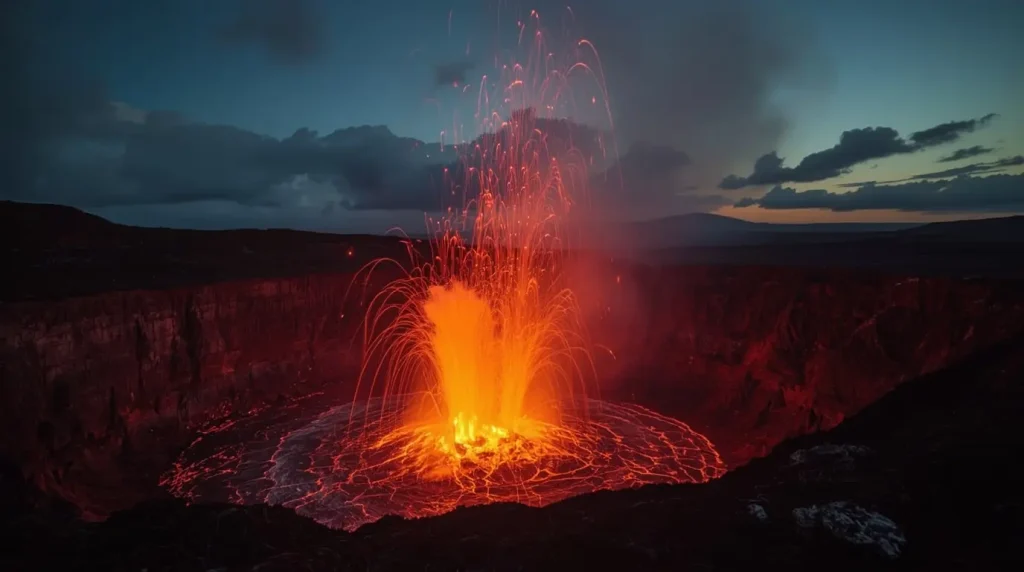
Source: https://edition.cnn.com/2025/09/02/us/kilauea-hawaii-volcano-eruption-lava
For more incredible stories of everyday news, return to our homepage.


